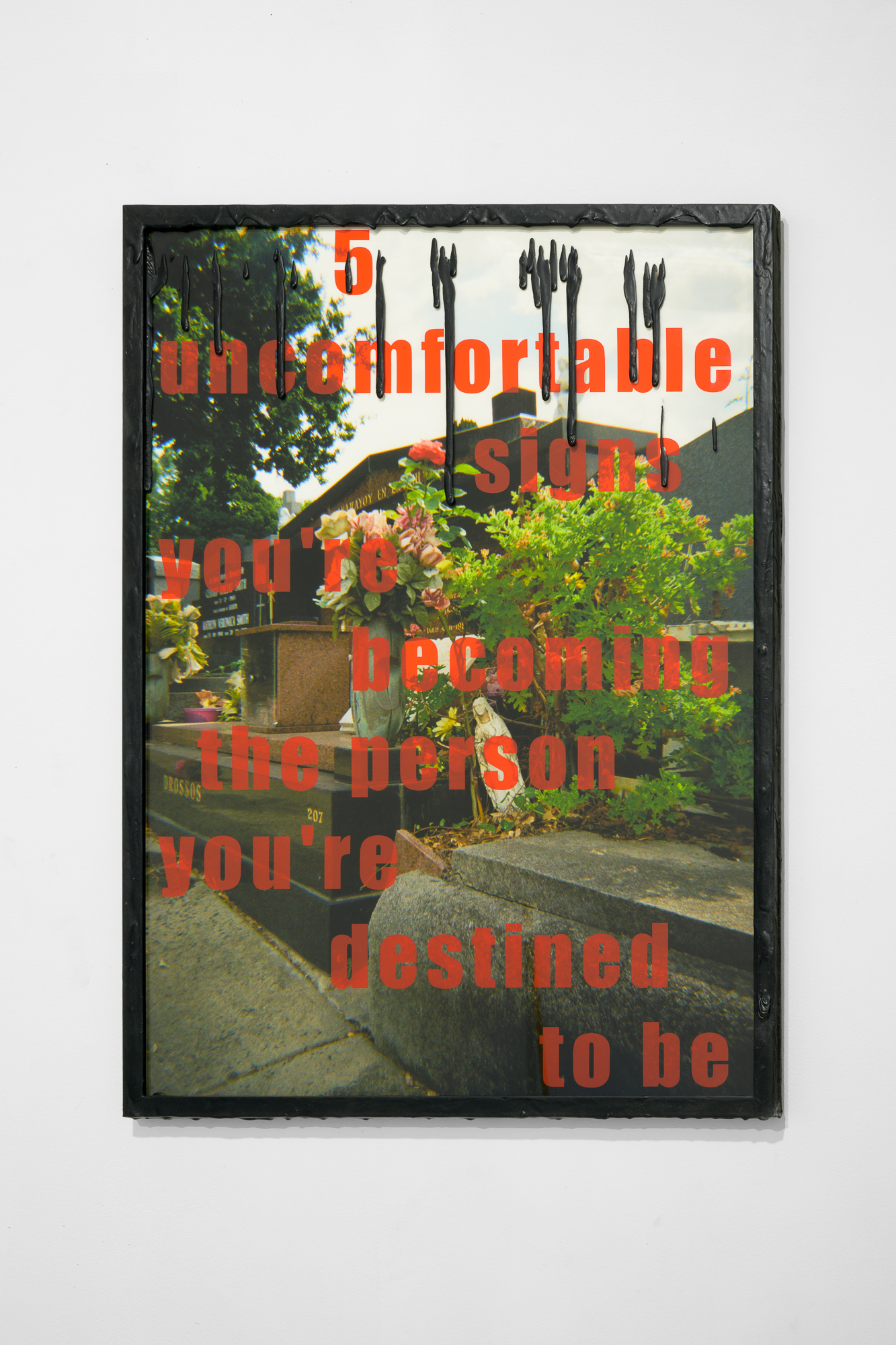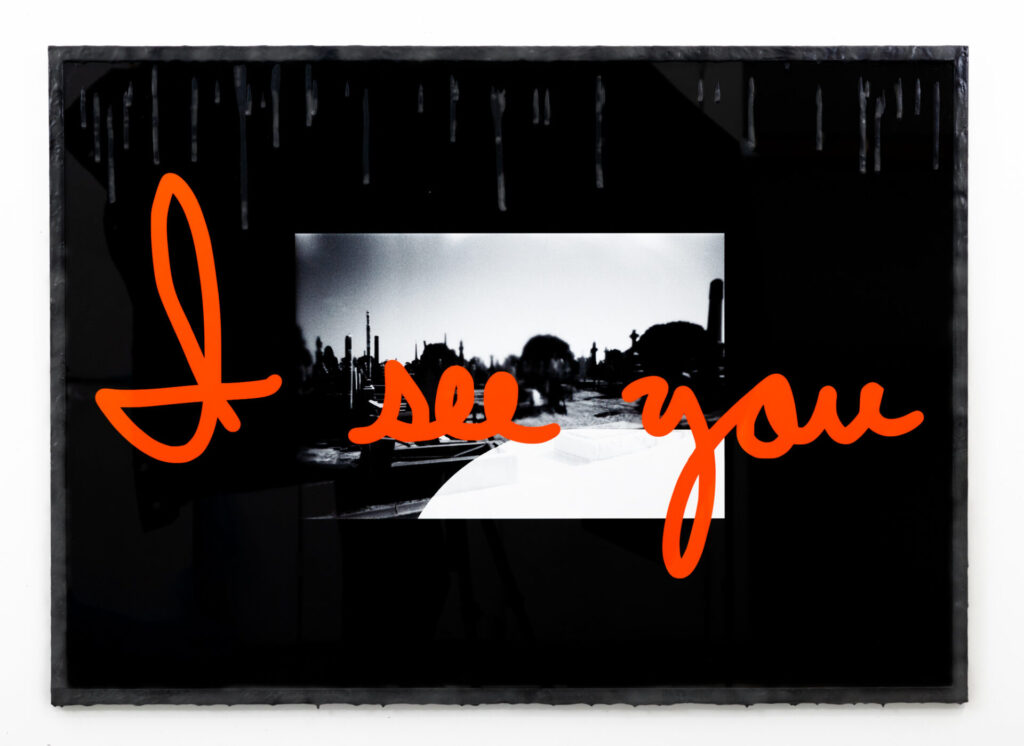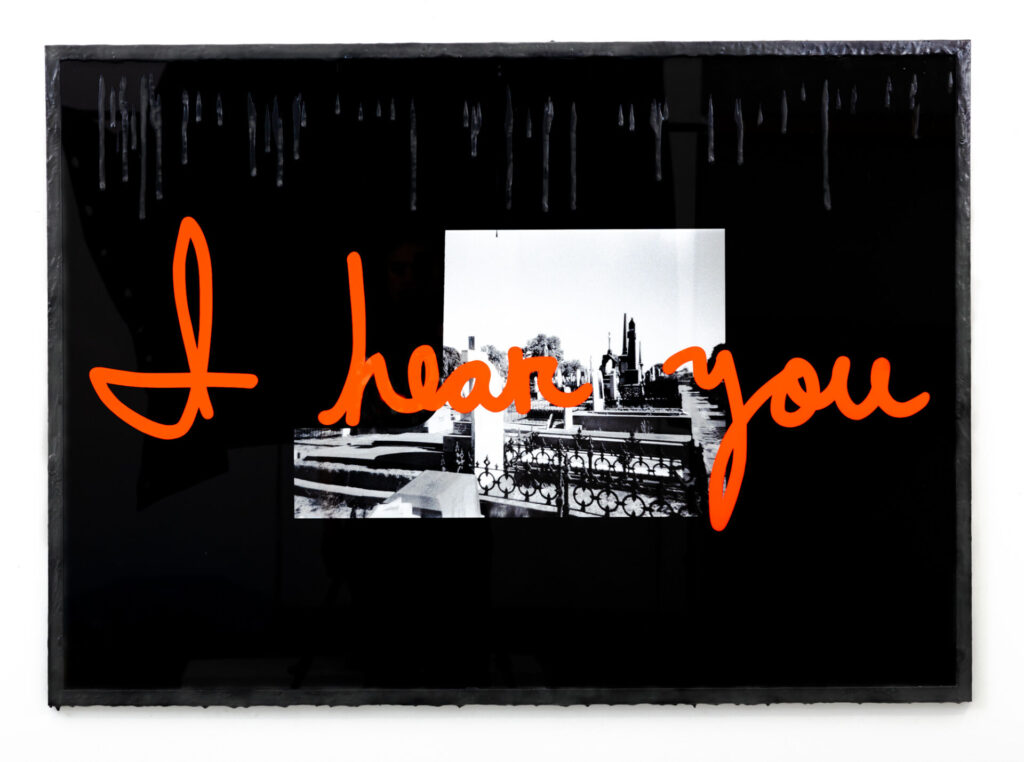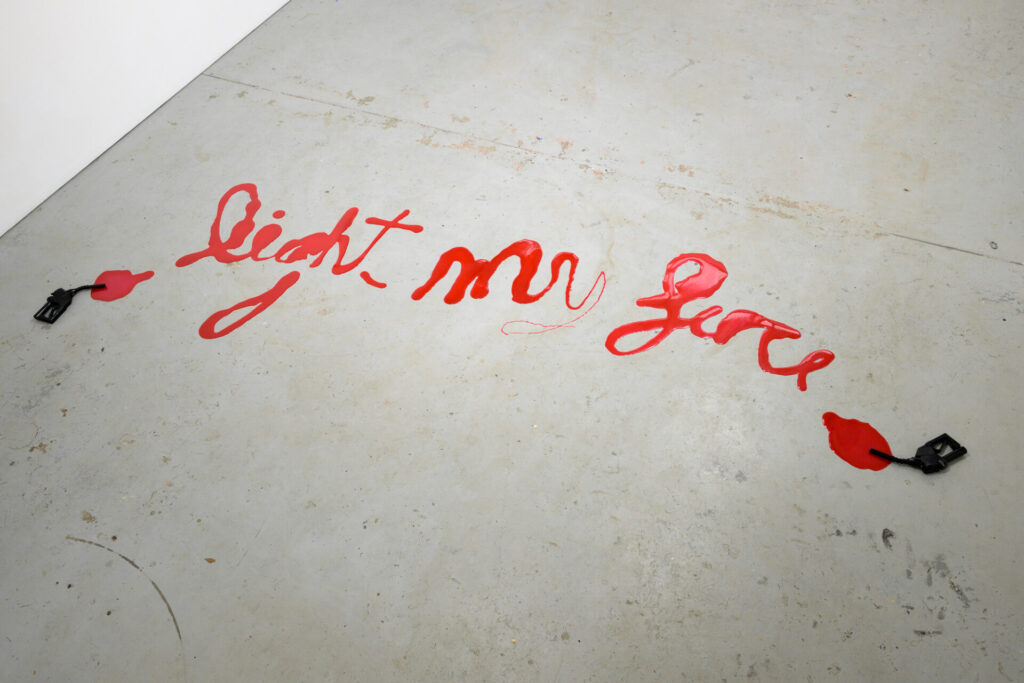Diego Ramírez
Vampires of the Earth

In his essay, Unnatural Hunger: the copy, the vampire and postcolonial anxieties, Diego Ramírez lingers on the metaphor of a contemporary vampire. According to the artist, the vampire can be classified as an 'other', a creature that is 'repeatedly represented as belonging to a foreign place, a primitive era, and a different race'. Vampires of the Earth (2023), the most recent iteration of his ongoing project Monster Theory (2018–2023), expands upon this definition, using medium and material to mimic the vampire’s nocturnal cycle and physical state.
On display at MARS Gallery, Vampires of the Earth contextualises the crisis of capitalism and the ways in which online discourse can be a distraction from such a crisis. For Ramirez, the inevitability of consumption culture is akin to the vampire's ardent compulsions. Like vampires, consumer culture is ravenous and consumptive.
In Vampires of the Earth, Ramirez investigates Vampires' gothic sensibility and seductive quality through familiar quotes, each sampled from social media. Phrases such as ‘I see you’ and ‘I hear you’ aim to reveal the self-fulfilling politics of ‘care’ that orbit society. More specifically, they highlight the subliminal boundaries and similarities between the self and the other, the self and the vampire, and the self and capitalism.


Beyond mythology, Vampires of the Earth explores the Pemex crisis in the Gulf of Mexico, considering the event as a byproduct of consumer capitalism. Tara Heffernan recounts Ramírez’s reaction to the fire in the Gulf of Mexico in her catalogue essay. She writes, 'A drop of oil came to mind, like a little tear... falling to hell.' The materiality of the show illuminates these themes. On the gallery floor lies a red resin stain reading Light my fire and two gasoline nozzles. These art objects imitate spilt oil, split blood, or the mess of extraction and consumption.
Pools of black latex fall from the frames, blemishing the gallery floor. Glass frames are also scattered among the photographic work. Two of the glass frames encase a curdled black resin and another a sheet of red Perspex both framed with an oily latex. Through this oily veneer, Ramirez illuminates what lies behind social media: the insatiability, unremitting hunger, and desire to mask one’s position within consumer culture. He critiques and emphasises the outcome of contemporary consumerism and the multiplying narcissism that subsequently proliferates.

In his book The Culture of Narcissism, Christopher Laasch describes a similar idea. Lasch writes, 'In a dying culture, narcissism appears to embody, in the guise of personal "growth" and "awareness", the highest attainment of spiritual enlightenment.' In a similar thought, Heffernan writes in her catalogue essay, 'The denial of death is a necessary cope after the dissolution of the belief in the soul.' Gazing at Ramirez’s glassy surfaces, we are forced to look beyond the work and at ourselves. We are faced with the devastating effects of the pervasive consumer crises.
By way of materiality, irony and metaphor, Ramirez reveals how acts of self-help and liberation can distract us from the burden of consumerism and the personal doubt it evokes.
Vampires of the Earth continues at MARS Gallery until 20 May.
Artist Chelsea Farquhar Moves into Clothes
By Sharmonie Cockayne
Lonnie Holley on Improvisation and Personal Truth
By Rachel Weinberg
Nan Goldin's The ballad of sexual dependency
By Jasmine Penman
Atong Atem – A Familiar Face on a New Horizon
By Sophie Prince
Babydilf on Sex, Love and Glory Holes
By Mark Bo Chu
OPEN HOUSE: A NEW ERA
By Alexia Petsinis
